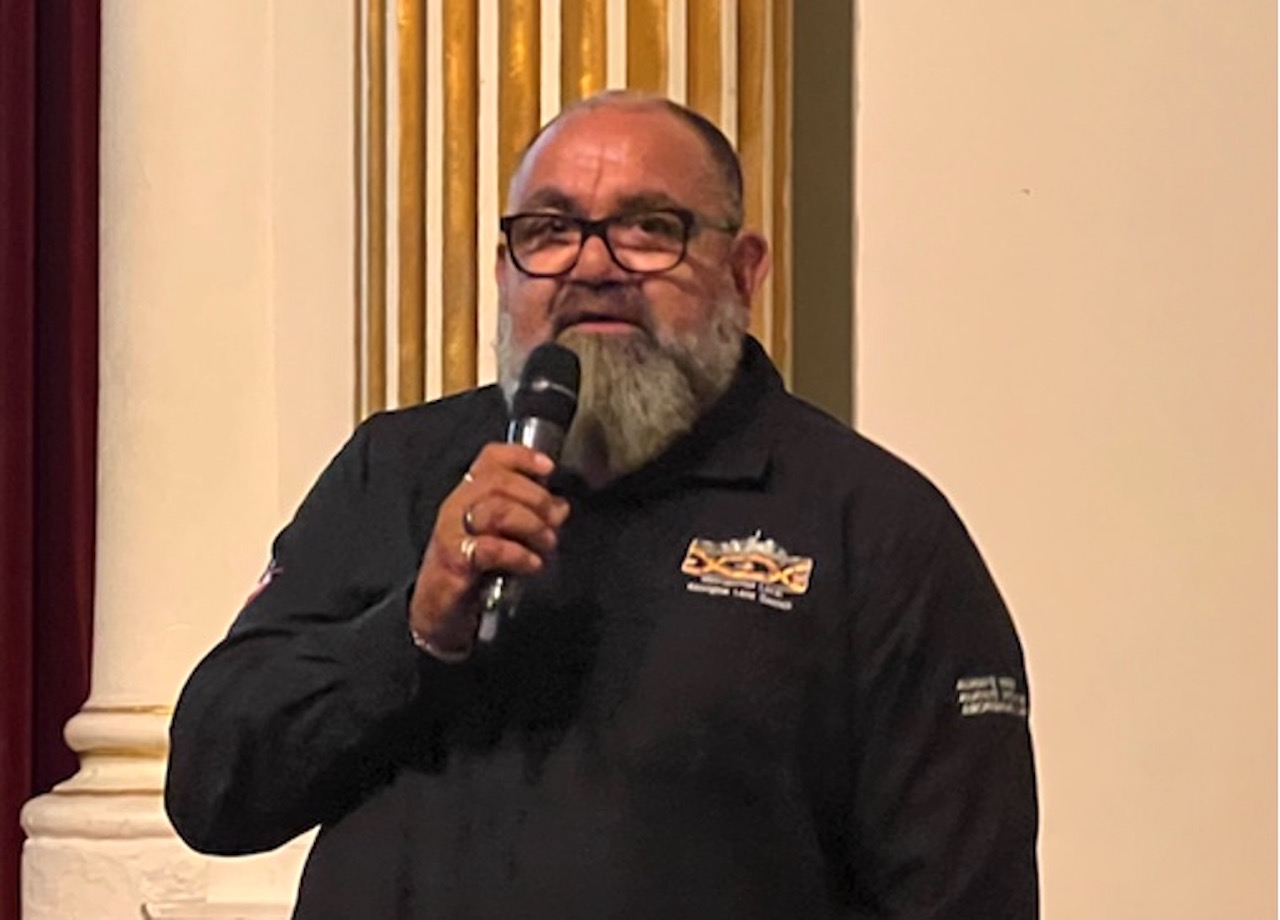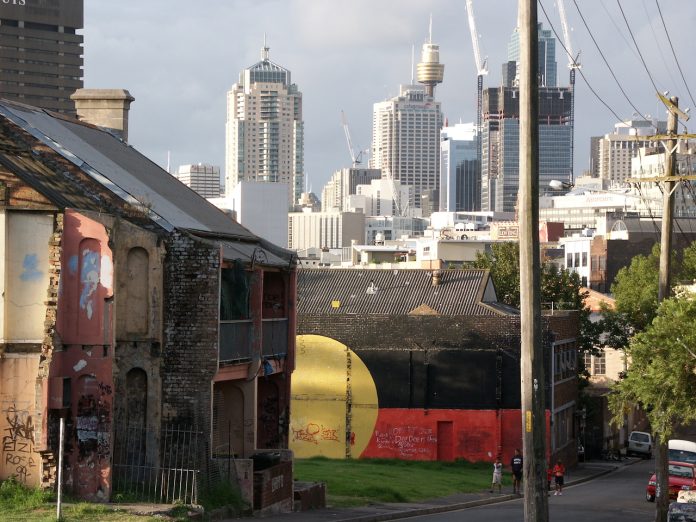The Northern Territory Government on May 22 gave major power to declare three-day curfews if they believe there’s a risk of “public disorder”.
Chief Minister Eva Lawler told ABC News that her government did not consult with any youth services before the proposed legislation was introduced.
Lawler said the consultation was not important.
“What is important to me is we heard the feedback on the ground through Alice Springs around the benefits of the curfew, so loudly and clearly. And that was a whole group of people,” Lawler told Charmayne Allison on ABC News.
Worries about crime rates in Alice Springs have been a long-term issue for decades.
Data released on May 1 this year shows that worries about home break-ins and theft are 73.25 per cent in Alice Springs, and in Melbourne, it’s 40.20 per cent. Concerns about being mugged or robbed are 64.57 per cent in Alice Springs, but 37.75 per cent in Melbourne.
The new legislation came after the three-week-long curfew in Alice Springs a month ago.
Due to a recent rise in youth crime, children under 18 were banned from being out alone in the CBD at night from 6 pm to 6 am.
Mr Brendan Kerin, Cultural Educator and Advisor for Metropolitan Local Aboriginal Land Council, said Australia was a “Racist Country” from day one.
He calls for better consultation between the government and Alice Springs residents. “What I meant by residents is all residents, not only white people and those who get the benefits out of the curfew,” said Mr Kerin.
The ongoing employment issue and community isolation were rooted in Alice Springs a long time ago, he said.
Uncle Max, an Aboriginal resident in Redfern, said the curfew could be a good “temporary dose of treatment”, but pointed out that “they [the government] needs to see the reason behind it”.

The government’s most recent data about indigenous health, education, socioeconomic and environmental factors showed that in 2018-19 there was a marked difference between indigenous people and the general population.
Aboriginal people were 34 per cent more likely to be impacted by serious health problems.
Only 66 per cent of Indigenous Australians aged 20-24 made their way to a Year 12 qualification, compared to 85 per cent in other ethnic groups.
Indigenous Australians represent 3 per cent of the population, yet they constitute approximately 30 per cent of the prisoner population.
This was due to the lack of education and well-being support, Mr Kerin said.
“From my personal experiences, literally every shop is owned by white people in Alice Springs. Not only aboriginal children, even adults, don’t know what they can do.”
Mr Kerin criticised the government’s passive engagement with Aboriginal communities:
“They just say children are misbehaving, not anything extra. They didn’t bother to listen to what we need. They need to work with the communities, not having a single white view.
“The government funding towards Aboriginal people is not being used effectively, and their plans have always been dictated by white people.”

Arrernte man William Tilmouth, chairman of Children’s Ground, echoed the view that community consultation was an important factor in solving the issues, and the government haven’t done much after the curfew.
Mr Tilmouth told Charmayne Allison on ABC News that recent government consultation had focused largely on businesses, rather than youth services and non-governmental organisations (NGOs) in the community.
NT Senator Jacinta Nampijinpa Price, told ABC News earlier this month that there were common sense approaches to solving issues affecting Indigenous Australians.
“Lifting standards, stepping away from separatism, improving the education system and protecting our children and our most vulnerable is what we need to do.”
She also said more police resources were needed.
In 2021, The Department of Health called for a holistic approach that considers the cultural determinants across the life course.
It notes that to ensure the health and well-being of Indigenous Australians, contemporary housing must embed culturally responsive design, including consideration of kinship, family and community living arrangements.
The report notes that there are cultural and community approaches towards the indigenous population in the Northern Territory, but far from enough.
Five years ago, a $78 million government agreement promised 28 initiatives to improve living conditions in the Northern Territory.
Since the 28 initiatives were signed, Tennant Creek Youth Centre is one of the only six infrastructure projects to be completed under the deal.
An Indigenous child in the same ABC report said: “Since they have an art room here, I wanna follow my aunty’s footsteps because she loves painting.”
Indigenous representatives continue to call for better communication between the government and residents to focus on the roots of the problem in search of solutions.


